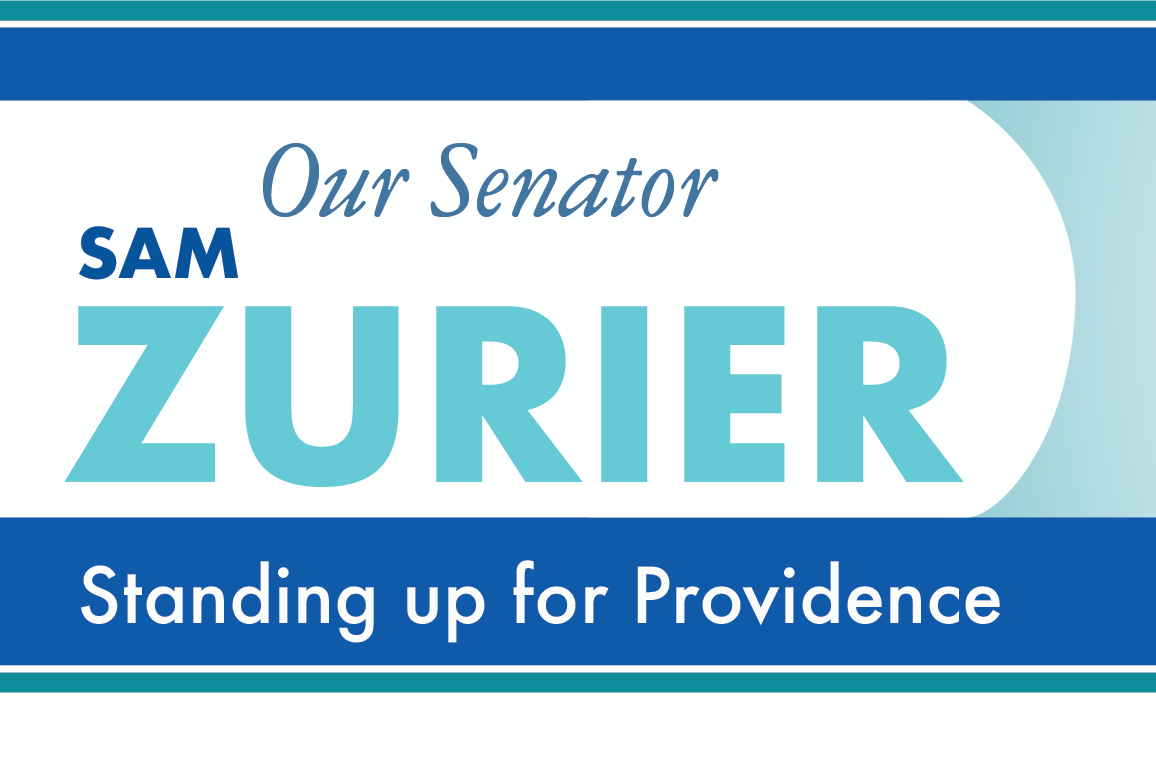I hope you have an opportunity this weekend to reflect on the legacy of the Reverend Dr. Martin Luther King. I find there are always new lessons to learn from his era in history, most recently from having viewed the Rustin film on Netflix. This week’s letter discusses the transitions we will be seeing in the budgets of the State and the Providence Public Schools.
A. The RIPEC Report
Last week, the Rhode Island Public Expenditure Council published a useful analysis describing the challenges facing the State budget in the coming year. As RIPEC describes, the State budget has been propelled in recent years by a generous infusion of one-time federal funds, as well as above-average growth in state revenues during the federal stimulus of the economy. As I noted in last week’s letter, federal guidelines require the State to “obligate” the American Rescue Plan Act funds by the end of this year and to spend them by the end of 2026.
1. Health Care
In previous budgets, the State directed ARPA funds to certain health initiatives, beginning with the supplemental budget enacted in January, 2022, in one of my first votes as a Senator. The experience helped me learn of longstanding gaps in the State’s “safety net” that we were able to use federal funds to form a temporary “patch” that will no longer be available. One major gap came from the inadequate rates the State reimburses providers for Medicaid-related care. Inadequate Medicaid reimbursement rates also contribute to the financial stress of hospitals and shortage of primary care physicians in Rhode Island. As reported by RIPEC, the Office of Health Insurance Commissioner recommends an increase of $45 million in combined State and federal funds (the State’s share is around 45%) to meet this gap. Full implementation of the OHIC rate study would require substantially more State funds.
2. Transportation
The RIPEC report notes that the Rhode Island Public Transit Authority has relied in recent years on a substantial “patch” of federal pandemic funding which will leave a gap of more than $30 million. At the same time, the state’s truck toll program has been halted by a lawsuit, while motor fuel tax revenues are declining due to increased use of electric vehicles and greater fuel efficiency.
3. Education
a. State Education Aid
The RIPEC report notes that State education aid has increased in recent years, but not at the accelerated pace of other State programs. With that said, the report notes that substantial increases in State expenditures for health care and transportation may “crowd out” available funding for education. Because the State’s education aid funding formula is largely on a per-pupil basis, districts with declining enrollment (such as Providence) may face reductions in State aid in the coming year.
b. The Providence Public Schools
Though not discussed in the RIPEC report, I am interested in how the Providence Public Schools make use of a substantial federal appropriation under the ESSER III Program. As noted in a recent R.I. Department of Education Report, Providence received $128.6 million in ESSER III funds, of which it had yet to spend more than $90 million as of this past November 30. Federal guidelines require Providence to commit these funds by September 30 of this year, and to spend them by the end of January, 2025. As was true for the ARPA funds, the unspent balance of these ESSER III funds will be forfeited to the federal government. It is critical for the Providence Public Schools to make use of these funds to the greatest benefit of our children, and to do so on a timely basis.
4. Housing
The RIPEC report notes that affordable housing in Rhode Island currently costs more than $450,000 per unit to build, of which the State investment exceeds $120,000. Under this arrangement, the State current funding commitments (even after adding in a $100 million bond) will produce fewer than 3,200 new units, which is at best a start in filling the State’s current 24,000 unit gap. In light of this, the State needs to find new ways either to increase the private investment per dollar of public funds or, alternatively, to reduce the cost per unit of affordable housing. On that note, I am interested in a recent report on NPR describing how Maryland is filling the affordable housing gap with manufactured housing, thereby significantly reducing costs.
5. Conclusion
This year’s State budget will lack the extraordinary federal revenues and growth in State revenues we have seen in recent years. We will need to make difficult choices to set priorities in such areas as health care, transportation, education and housing.
